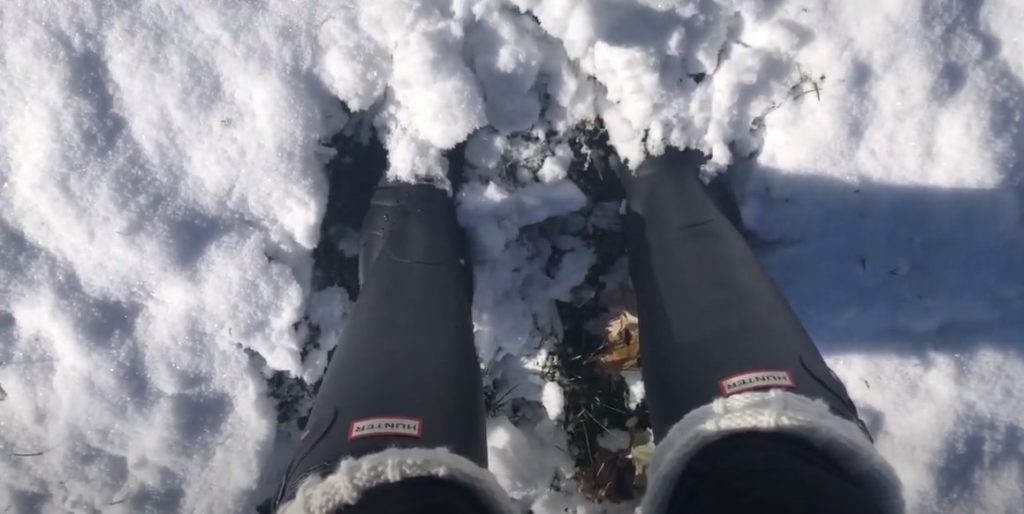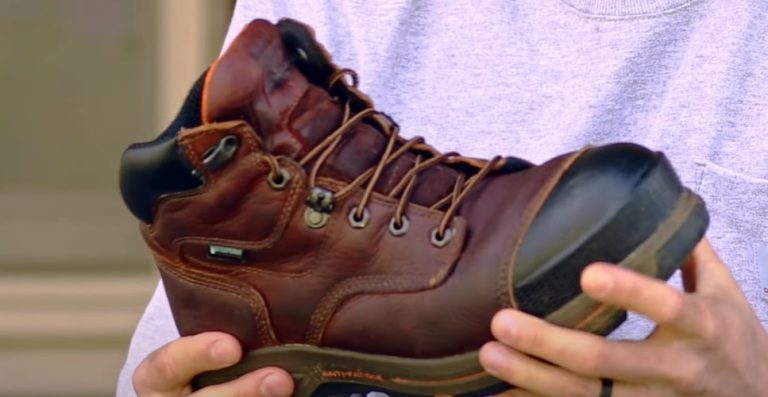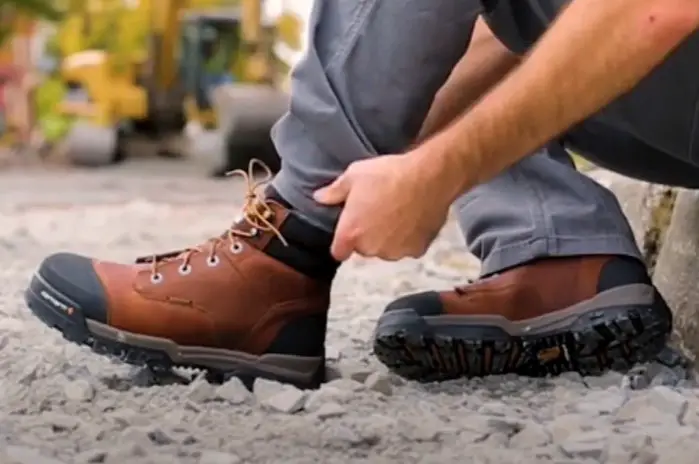Are Rubber Boots Good for Snow: Exploring Pros and Cons
When it comes to traversing snowy terrain, having the right footwear is crucial. Rubber boots are a popular choice due to their waterproof properties and durability.
However, when faced with the question of whether rubber boots are suitable for snow, several factors need to be considered.
In this article, we will explore the advantages and disadvantages of rubber boots in snowy conditions, alternative options for winter footwear, and provide tips to enhance their performance.
Are rubber boots good for snow?
Rubber boots have some benefits for snowy conditions, primarily their waterproof nature, which helps keep feet dry in slushy or wet snow. However, they may not be ideal for extremely cold temperatures due to limited insulation and warmth.

The smooth rubber sole also lacks sufficient traction on icy surfaces, posing a slip hazard. Additionally, rubber boots may cause discomfort due to poor breathability, leading to sweat accumulation.
For optimal performance in the snow, specialized winter footwear with insulation, enhanced traction, and breathability features may be a better choice.
Can I wear rubber boots in the snow?
Yes, you can wear rubber boots in the snow. Rubber boots provide waterproof protection, keeping your feet dry in slushy or wet snow. However, it’s important to note that rubber boots may not offer the same level of insulation and warmth as specialized winter boots.
Additionally, their smooth rubber soles may lack traction on icy surfaces, increasing the risk of slipping. If you choose to wear rubber boots in the snow, it’s recommended to consider the temperature and conditions to ensure your comfort and safety.
Understanding Rubber Boots
Rubber boots, also known as Wellington boots or rain boots, are made from rubber or synthetic materials. They are designed to provide protection against water, making them ideal for wet conditions.
The advantages of rubber boots include their waterproof properties, durability, and ease of cleaning. However, they do come with some disadvantages, such as potential insulation and warmth issues, lack of traction on slippery surfaces, and breathability concerns.
Pros and Cons of Rubber Boots in Snowy Conditions
Rubber boots offer certain advantages when it comes to navigating snowy environments. Their primary benefit lies in their ability to protect against wetness, keeping your feet dry even in slushy or snowy conditions.
Additionally, rubber boots are easy to clean and maintain, ensuring longevity. However, there are limitations to consider. Rubber boots often lack insulation, making them less suitable for extremely cold temperatures.
The smooth rubber sole can also pose a slip hazard on icy surfaces. Furthermore, the lack of breathability may cause discomfort due to sweat accumulation.
Alternative Options for Snowy Conditions
For individuals seeking more specialized winter footwear, there are alternative options available. Insulated rubber boots feature added layers of insulation to improve warmth.
Snow boots and winter footwear, on the other hand, are specifically designed for snowy conditions. They often incorporate insulated materials, linings, and enhanced traction and grip features.
Additionally, they prioritize breathability and moisture management to ensure comfort during extended wear.
Tips for Enhancing Rubber Boot Performance in Snow
If you choose to use rubber boots in snowy conditions, there are steps you can take to enhance their performance. Layering socks can provide extra warmth, and using insole inserts can improve insulation.
Traction devices or grippers can be attached to the soles for better grip on slippery surfaces. It is also important to maintain and care for your rubber boots properly to maximize their lifespan.
Conclusion
In conclusion, rubber boots offer certain advantages when it comes to snowy conditions, primarily their waterproof properties and ease of maintenance. However, they have limitations in terms of insulation, traction, and breathability.
For individuals seeking optimal performance in the snow, specialized winter footwear, such as insulated rubber boots or snow boots, may be more suitable.
Ultimately, choosing the right footwear for snowy conditions depends on considering the specific requirements of warmth, traction, and comfort to ensure an enjoyable and safe experience in the winter wonderland.





